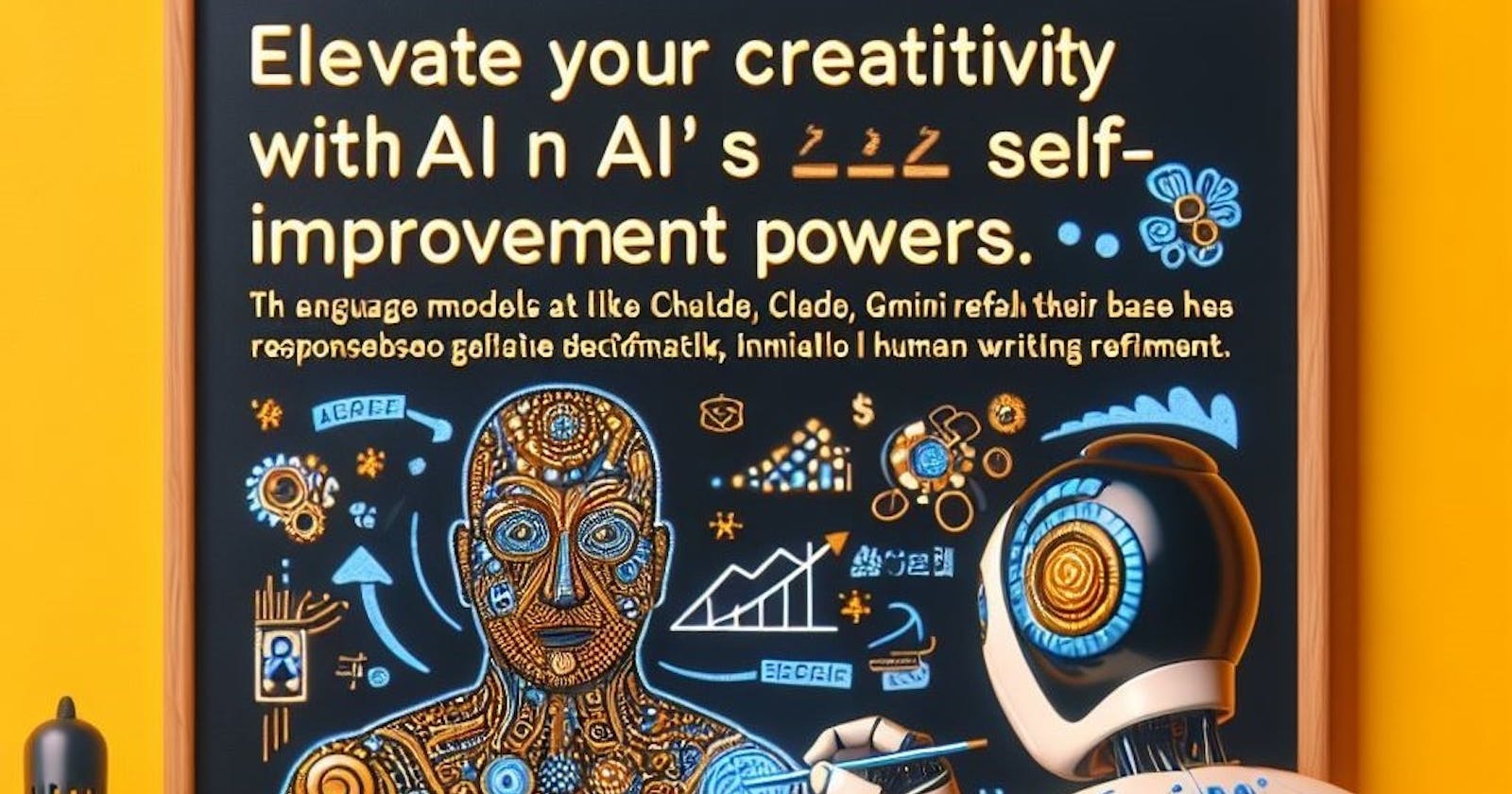Elevate Your Creativity with AI's Self-Improvement Powers
AI Agentic Design Pattern: SELF-REFINE
You may have used various language models like ChatGPT, Claude, or Gemini and encountered less-than-satisfactory responses on your first try. But what if the AI could provide critical feedback on its own output and then improve its response? This is the core idea behind the SELF-REFINE method.
The SELF-REFINE approach aims to automate the task of providing feedback, critiquing its own output, and improving the response, all without requiring any additional training for the model. This is similar to how humans refine their writings using iterative feedback.
For example, when drafting an email to request a document from a colleague, an individual may initially write a direct request such as “Send me the data ASAP”. Upon reflection, however, the writer recognizes the potential impoliteness of the phrasing and revises it to “Hi Ashley, could you please send me the data at your earliest convenience?".
When writing code, a programmer may implement an initial “quick and dirty” implementation, and then, upon reflection, refactor their code to a solution that is more efficient and readable.
The Self Refine Approach
- Initial Generation
Given a prompt, the language model generates an initial output.
- Feedback
The same language model is then asked to provide a specific and actionable feedback on it's own initial output, identifying what could be improved.
- Refinement
The language model then uses the feedback it provided to refine and improve the initial output.
- Iteration
The process can be repeated multiple times until a stopping condition is met.
Benefits of Self Refine
Additional training or supervision is not required.
Leverages language model's own capabilities for feedback and refinement
Significant performance improvements across diverse tasks.
Conclusion
The SELF-REFINE approach represents an exciting advancement in how we can leverage the power of large language models to generate high-quality outputs. By enabling these models to provide feedback on their own initial generations and then refine them iteratively, we unlock a new level of performance that goes beyond what a single pass of generation can achieve.
Source
